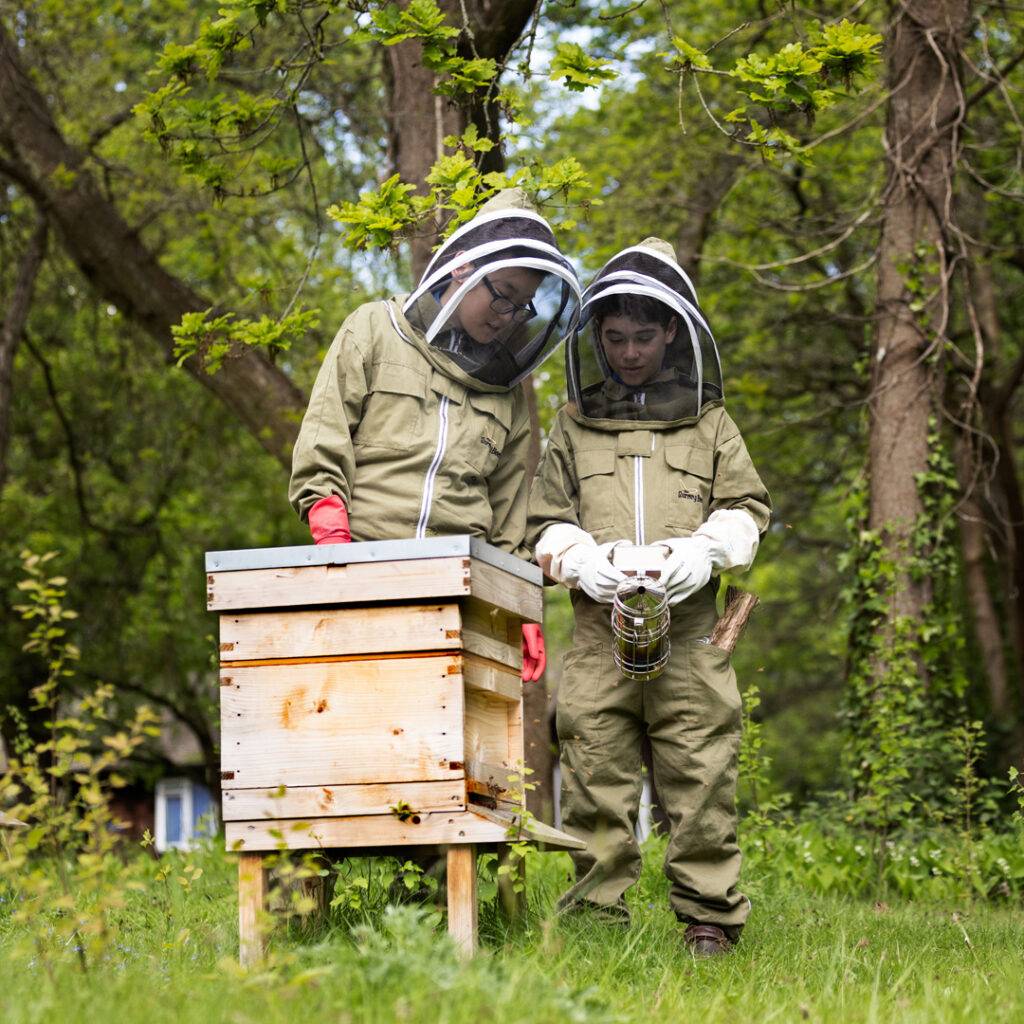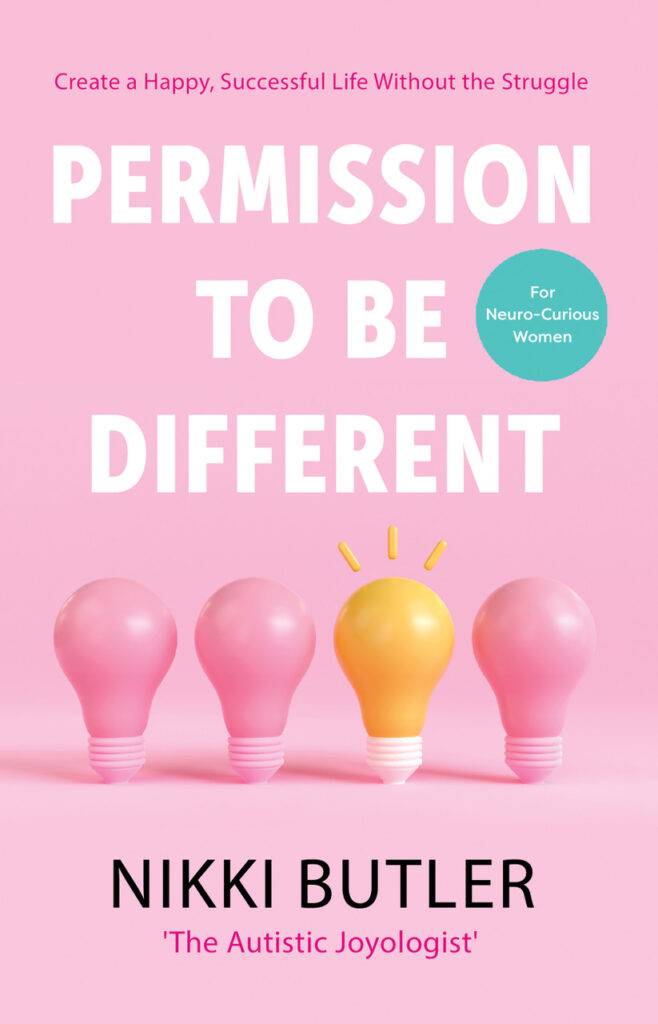What’s in store for you this month? Melanie Harding, founder of Soul Healing Guidance, offers the first of her new monthly guides for all signs…
Aries (March 20-April 18)
This month slows your usual pace, Aries, as your fiery ruler Mars is retrograde causing you to pause and refine your strategy. Tensions may arise on the 3rd when Mars and Pluto clash – avoid power struggles and focus on staying grounded. On the 6th, Mars shifts its energy to your home life, sparking a focus on family and domestic projects. Use this time to make meaningful improvements or tackle long-delayed tasks. The Full Moon on the 13th offers a chance to tie up loose ends and reconnect with loved ones. Mid-month, challenges peak as the Sun and Mars clash on the 15th, testing your patience – step back from conflicts to conserve your energy. Things brighten after the 19th when the Sun moves into Aquarius, filling your calendar with social opportunities. Mercury joins the party on the 25th, making this a perfect time to connect and collaborate. Use the New Moon on the 29th to host a gathering – it’s a great way to wrap up the month on a high note.
Tarot Card: The World
The World is your guiding card this month, Aries, reminding you to seek completion and balance. Just as the horoscope suggests tying up loose ends and pausing to reassess. The World advises you to focus on the bigger picture and the interconnectedness of your efforts. Whether it’s resolving family dynamics, organising your home, or expanding your social circle, this card encourages you to find harmony and fulfilment in your journey. Embrace patience, reflect on your accomplishments, and trust that slowing down now paves the way for future success.
Taurus (April 19-May 19)
Fun is on the agenda this month Taurus, but keep a close eye on your wallet around the 14th. As January kicks off, your social calendar lights up with Venus enhancing friendships and Mars pushing you to explore. Travel may call – Mercury in your travel zone from the 8th is perfect for planning a winter getaway. The Full Moon on the 13th beckons you to hit the road, but caution is key on the 14th when Venus squares Jupiter, making overspending a tempting trap. If your budget wobbles, Venus’s alignment with Saturn on the 18th helps you regain control. By the 19th, the Sun’s move into Aquarius shifts focus to career ambitions, setting you up for a stellar opportunity near the New Moon on the 29th. A promotion or big breakthrough could be yours – go for it!
Tarot Card: Seven of Cups
The Seven of Cups serves as your guide this month, Taurus, reflecting the choices and opportunities that fill your horizon. While fun and adventure may call, this card reminds you to stay grounded and avoid illusions. Just as the horoscope warns against overspending or scattering your energy, the Seven of Cups advises you to evaluate your options carefully. Be mindful of what truly aligns with your values and long-term goals. Take time to discern between fleeting distractions and meaningful pursuits, and you’ll turn this month’s opportunities into lasting rewards.
Gemini (May 20-June 19)
January puts your career in the spotlight and calls for financial savvy, Gemini. Venus in Pisces from the 2nd rewards the hard work of recent years, potentially boosting your income. Mars in your money zone on the 6th is the perfect cue to reassess your finances. Mercury’s presence in your house of taxes and resources from the 8th makes this an ideal time to strategise your budget. A Full Moon on the 13th highlights and unexpected financial matter – tackle it swiftly. Wanderlust kicks in when the Sun enters Aquarius on the 19th, and the New Moon on the 29th is the perfect moment for a travel adventure. Keep a cool head during tense moments on the 23rd and 30th, avoiding heated debates.
Tarot Card: Ten of Wands
The Ten of Wands reflects the responsibilities and burdens you may carry this month, Gemini. With career and finances demanding your focus, this card encourages you to prioritise tasks and seek support when needed. Just as your horoscope suggest strategising your budget and tackling challenges head-on, the Ten of Wands reminds you to avoid overextending yourself. Lighten your load by delegating where possible and focusing only on what truly matters. By pacing yourself and staying organised, you can turn this month’s challenges into stepping stones toward long-term success.
Cancer (June 20-July 21)
This month is about reclaiming your power and finding harmony in relationships, Cancer. The Sun’s focus on your partnership zone highlights whether your needs are truly being met. Mars moves into your sign on the 6th, filling you with courage and drive to assert yourself, while Mercury in Capricorn from the 8th sharpens your ability to communicate with clarity and purpose. The Full Moon on the 13th serves as a transformative moment, urging you to stand firm and embrace your agency without hesitation. As the Sun shifts into your finance sector on the 19th, financial matters take centre stage. The New Moon on the 29th provides opportunities to resolve money concerns, whether through unexpected windfalls, savvy financial planning, or a creative approach to budgeting. With love and finances finding new balance, you close out January on an empowered note.
Tarot Card: Seven of Wands
The Seven of Wands reflects the need to stand your ground and defend your boundaries this month. Just as your horoscope suggests asserting yourself in relationships and stepping into your agency, this card encourages you to trust your inner strength and resist external pressures. Challenges may arise, particularly around the Full Moon, but staying confident in your position will lead to breakthroughs. The Seven of Wands reminds you that perseverance and self-belief are key to turning January’s obstacles into lasting victories.
Leo (July 22-August 21)
This month calls you to showcase your leadership, Leo, with the Sun illuminating your career sector and placing you naturally in charge. Romantic connections thrive under Venus in Pisces from the 2nd, offering opportunities for intimacy. However, when Mars retreats to Cancer on the 6th, the stars encourage you to work behind the scenes, sharpening your strategies quietly. The Full Moon on the 13th serves as a much-needed reminder to pause and prioritise self-care – recharging now will prepare you for the weeks ahead. After the 19th, the focus shifts to your relationships as the Sun moves into Aquarius, followed by Mercury on the 27th. Whether you’re setting firm boundaries or deepening bonds, your ability to navigate relationships with clarity and grace will shine. Single Leos should keep their hearts open as the New Moon on the 29th signals a stellar time to make meaningful connections. Luck strikes on the 30th when the Sun aligns with Jupiter, presenting opportunities that are too good to miss.
Tarot Card: The Chariot (Reversed)
The Chariot reversed reflects the need to slow down and reassess your direction this month. While you’re naturally inclined to charge ahead, the stars – and this card – urge patience and introspection. Just as Mars’s retreat to Cancer prompts behind-the-scenes effort, the reversed Chariot reminds you to let of rigid control and flow with life’s pace. Challenges in balancing relationships or career ambitions may arise, but this card advises trusting the journey rather than forcing outcomes. Embrace the pause and realign your focus to ensure you’re steering toward meaningful success.
Virgo (August 22-September 21)
January shines a light on creativity and romance, Virgo, as the Sun energises your artistic and playful side. Venus in Pisces from the 2nd enhances relationships, offering a chance to deepen connections or meet someone special. Collaborative projects are favoured as Mars enters Cancer on the 6th, motivating teamwork and shared goals. The Full Moon on the 13th is an ideal time to connect with friends – plan a social outing and let loose. After the 19th, professional demands rise as the Sun moves into Aquarius, focusing your attention on work. Mercury’s shift into the same sign on the 27th sharpens your problem-solving skills, allowing you to handle tasks with remarkable efficiency. The New Moon on the 29th brings career breakthroughs – be ready to embrace new opportunities like a promotion, raise, or fresh project. Balancing your passions and responsibilities will leave you feeling both inspired and accomplished by month’s end.
Tarot Card: Five of Cups
The Five of Cups reflects and undercurrent of reflection this month, Virgo, particularly as you balance your creative and professional ambitions. While opportunities abound, this card gently reminds you to release past disappointments and focus on the present. If moments of doubt arise – whether in relationships or career – it’s an invitation to shift your perspective. The blessings in your life far outweigh what’s been lost. Embrace the month’s opportunities with optimism and confidence, allowing growth and joy to take centre stage.
Libra (September 22-October 21)
January invites you to embrace harmony and leadership, Libra, as teamwork becomes your superpower. Venus in your work zone from the 2nd enhances collaboration, making it easy to align with others toward shared goals. Mars enters Cancer on the 6th, encouraging you to step confidently into a leadership role. Home life also demands attention when Mercury shifts into your domestic zone on the 8th – finding balance between professional and personal responsibilities will be key. The Full Moon on the 13th spotlights your achievements, bringing recognition for your hard work and dedication. Romance blooms after the 19th, when the Sun moves into Aquarius, followed by Mercury on the 27th, energising your love life. Single Libras should look to the New Moon on the 29th for an exciting fresh start in matters on the heart. With professional success and personal joy intertwining, January is shaping up to be as balanced and fulfilling as you could hope for.
Tarot Card: Two of Cups
The Two of Cups reflects the beauty of partnership and mutual support, Libra, perfectly aligning with your sign’s love of harmony. This month, the card encourages you to nurture your relationships – both professional and personal. Whether it’s a collaborative project at work or a budding romance, the Two of Cups highlights the importance of connection and unity. Approach all interactions with sincerity and gratitude, knowing that the bonds you strengthen now will bring lasting rewards.
Scorpio (October 22-November 20)
January ignites your adventurous spirit, Scorpio, as the Sun lights up your travel zone. This is the perfect time for a winter escape, with the Full Moon on the 13th offering an ideal opportunity for spontaneous getaways. Mars in Cancer on the 6th further fuels your wanderlust – be ready to act on last-minute plans or opportunities for exploration. However, the second half of the month shifts your focus inward. After the 19th, the Sun and Mercury move into Aquarius, drawing your attention to your home and family. It’s a time to reflect, nurture, and create a cosy sanctuary. The New Moon on the 29th is ideal for hosting friends or loved ones, infusing your space with connection and warmth. Balance your desire for adventure with comfort of home, and you’ll find a fulfilling rhythm this month.
Tarot Card: Three of Swords
The Three of Swords serves as a reminder to process lingering emotional wounds, Scorpio. This card invite you to reflect on past heartaches and to let go of what no longer serves you. As you embrace the adventures and connections January offers, make space for healing. Whether it’s through travel, spending time with loved ones, or creating a sanctuary at home, the Three of Swords encourages you to find solace and clarity in both movement and stillness. Release, rebuild and reclaim your inner peace.
Sagittarius (November 21-December 20)
This January, Sagittarius, financial awareness takes the spotlight. With the Sun energising your money zone, it’s time to focus on smart budgeting and prioritising your spending. Venus in Pisces from the 2nd highlights creative projects that won’t break the bank, and Mars in Cancer on the 6th helps you rein in any impulsive tendencies. The Full Moon on the 13th encourages a detailed review of your finances – this is the perfect moment to reassess your budget and set yourself up for future stability. After the 19th, your wanderlust kicks into high gear as the Sun shifts into Aquarius. The New Moon on the 29th is a prime time to indulge in an adventurous road trip or spontaneous getaway, bringing some well-deserved excitement to your month. Balance practicality with fun, and you’ll come out ahead.
Tarot Card: Nine of Cups
The Nine of Cups brings the promise of fulfilment and joy. Sagittarius, but it also comes with a gentle nudge. It reminds you to appreciate life’s simple pleasures while staying mindful of your long-term goals. By managing your resources wisely this month, you’re setting yourself up for a celebration of abundance. This card suggest that your financial efforts will pay off, allowing you to indulge in the adventures and experiences you cherish most. Embrace gratitude and let the Nine of Cups guide you toward a month of satisfaction and balance.
Capricorn (December 21-January 19)
It’s your time to shine, Capricorn! With the Sun in your sign, your confidence and ambition are at an all-time high. Mars in Cancer on the 6th may stir up tension in relationships, but Mercury’s steady
influence in your sign from the 8th ensures you’ll navigate any challenges with poise an
clarity.The Full Moon on the 13th marks a pivotal moment in a close partnership, offering the
opportunity for resolution and relief. After the 19th, your focus shifts to finances as the Sun light
up your money zone, bringing the potential for well-deserved rewards. By the New Moon on the
29th, exciting news about income or a promising opportunity could pave the way for financial
growth. Stay grounded and seize the moment!
Tarot Card: Four of Swords
The Four of Swords encourages rest and reflection amidst your busy month. It’s a reminder to carve
out time for self-care and mental clarity, especially when handling conflicts or making important
decisions. Use this energy to recharge and plan your next steps thoughtfully. By balancing your
drive with moments of calm, you’ll not only achieve your goals but also preserve your inner
harmony. Trust that rest is as essential to success as action.
Aquarius (January 20-February 18)
This January, self-care takes precedence, Aquarius. With Venus gracing your money zone from the
2nd, you’re encouraged to invest in activities that replenish your mind and body. Mars in Cancer on
the 6th inspires a return to healthy habits, making this a great time to focus on wellness. The Full
Moon on the 13th offers the chance to release old patterns or habits that no longer serve you. From
the 19th, it’s your season to shine! The Sun in your sign renews your energy, and Mercury joining
on the 27th heightens your wit and communication skills. By the New Moon on the 29th, you’re
ready to debut a fresh look or start a transformative journey that aligns with your vision for the
future. With Uranus, your ruling planet, moving direct on the 30th, you’ll feel unstoppable.
Embrace this powerful, forward-moving energy—your time is now.
Tarot Card: Ten of Pentacles
The Ten of Pentacles symbolises abundance, stability, and legacy—energies that align perfectly
with this month’s focus. It’s a reminder that self-care and building strong foundations in your
personal and professional life will yield lasting rewards. Use this energy to align with long-term
goals and strengthen bonds with loved ones. By investing in yourself and your community, you’re
setting the stage for a bright and prosperous future.
Pisces (February 19-March 19)
This January, your social calendar is buzzing, Pisces, with the Sun in Capricorn placing you firml
in the spotlight. From the 2nd, Venus enters your sign, amplifying your natural charm and making
you the star of every gathering. However, when Mars moves into Cancer on the 6th, romantic or
creative decisions may feel clouded. Trust that clarity will arrive with the Full Moon on the 13th,
helping you chart the right course forward.After the 19th, the Sun’s shift into Aquarius encourages
introspection. Take time to rest and recharge, reconnecting with your inner world. By the New
Moon on the 29th, indulge in self-care—a woodland walk, meditation, or quiet retreat will help you
align with your dreams and prepare for the month ahead.
Tarot Card: Queen of Wands
The Queen of Wands inspires you to own your power and shine with confidence. Her fiery ene
reminds you to embrace your creativity, take the lead in social and professional areas, and pursue
your goals fearlessly. This card encourages balance—use your charisma to inspire others while
keeping space for your own needs. You have the energy to thrive in every area of your life this
month.
Key January Astrological Dates
• January 2 – Venus enters Pisces
• January 6 – Mars retrograde enters Cancer
• January 8 – Mercury enters Capricorn
• January 13 – Full Moon in Cancer
• January 19 – Sun enters Aquarius
• January 27 – Mercury enters Aquarius
• January 29 – New Moon in Aquarius
• January 30 – Uranus stations direct
Latest posts



























